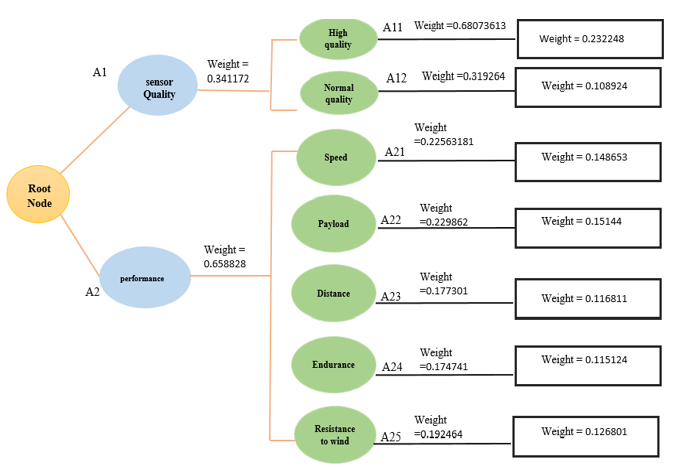Inundations and Climatic Fluctuations: Prospects, Difficulties, and Recommendations
Main Article Content
Abstract
At the momentarily, most of the global economic losses resulting from catastrophes are brought about by aerial floods which are expected to intensify due to climate change. Accordingly, sea level rise brought on by climate change will make coastal flooding more likely in many areas. cyclone, however, is also significantly impacted by climate change. Whilst urban flood mitigation and management are becoming more widely acknowledged as worldwide concerns. Moreover, considering catalysts for seeking methodologies for treating these natural disasters. In the era of contemporary technology, leveraging cutting-edge technologies are being utilized extensively to both monitor and reconnoiter flood-affected regions and evacuate individuals and others as crops, livestock and so on from flooded areas. Unmanned aerial vehicles (UAVs) are widely used to solve drought and flood problems through capturing thermal and multispectral images for the regions which suffer from these issues. Moreover, the recommendation for optimal UAV from alternatives of UAVs is a thorny inevitably. Thus, this study is embracing this notion and attempts to treat this issue through constructing soft recommender model for recommending the optimal UAV. The evaluation of these alternatives of UAVs are conducted based on set of influenced criteria and sub-criteria. Thus, the first step toward evaluation ptocess is modeling these criteria and sub criteria into form of tree model through utilizing Tree Soft Model (TrSM). After that, the methods of Multi-Criteria Decision Making (MCDM) as MEthod based on Removal Effects of Criteria (MEREC) is utilized for estimating criteria’s weights. Then, the generalized weights are utilized in a combined compromise solution (CoCoSo) for ranking the candidates of UAVs and recommending the optimal UAV. These techniques are united with the uncertain theory of neutrosophic for treating with incomplete information.
Downloads
Article Details

This work is licensed under a Creative Commons Attribution 4.0 International License.





